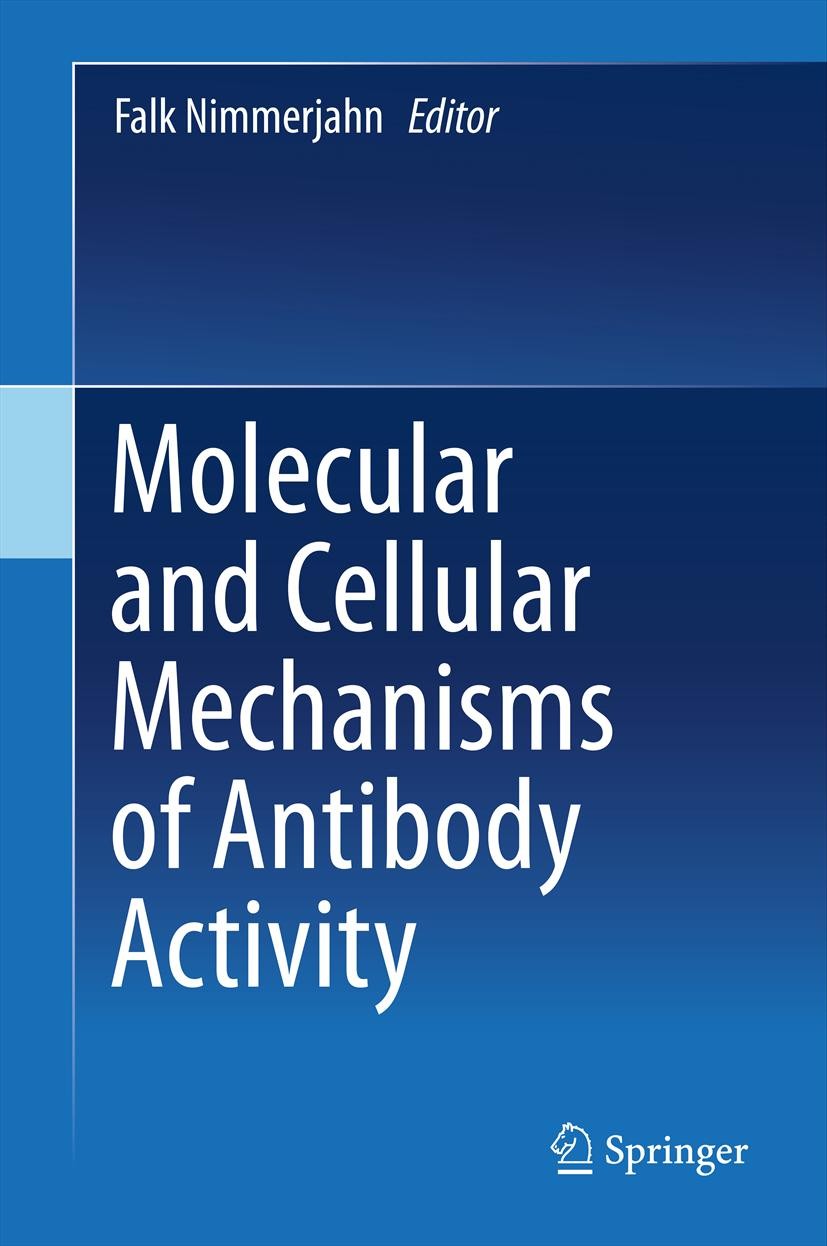| 书目名称 | Molecular and Cellular Mechanisms of Antibody Activity |
| 编辑 | Falk Nimmerjahn |
| 视频video | http://file.papertrans.cn/639/638596/638596.mp4 |
| 概述 | Full-color figures illustrate difficult concepts.Written by renowned experts in the field.Incorporates cutting-edge research and new discoveries.Includes supplementary material: |
| 图书封面 |  |
| 描述 | This book focuses on the function of antibodies in vivo. Recent years have seen an exponential growth in knowledge about the molecular and cellular mechanisms of antibody activity. These new results dramatically changed our view of how antibodies function in vivo. The importance of this class of molecules is demonstrated by the heightened susceptibility to infections of humans and mice with an altered capacity to generate pathogen specific antibody responses. Thus, the majority of our currently available vaccines, such as vaccines against influenza, measles and hepatitis focus on the generation of long lasting antibody responses. Recent evidence from a variety of in vivo model systems and from human patient cohorts has highlighted the exclusive role of cellular Fc-receptors for certain immunoglobulin isotypes and subclasses. With the recent discovery of a human Fc-receptor for IgM all different human immunoglobulin isotypes now have a cellular receptor, providing a feedback mechanism and link between antibodies and the cellular components of the immune system. Moreover it has become clear the complement and Fc-receptor system are tightly connected and regulate each other to ensure |
| 出版日期 | Book 2013 |
| 关键词 | Antibodies; Cellular Mechanisms; Molecular Mechanisms |
| 版次 | 1 |
| doi | https://doi.org/10.1007/978-1-4614-7107-3 |
| isbn_softcover | 978-1-4899-9360-1 |
| isbn_ebook | 978-1-4614-7107-3 |
| copyright | Springer Science+Business Media New York 2013 |
 |Archiver|手机版|小黑屋|
派博传思国际
( 京公网安备110108008328)
GMT+8, 2025-12-27 03:09
|Archiver|手机版|小黑屋|
派博传思国际
( 京公网安备110108008328)
GMT+8, 2025-12-27 03:09


